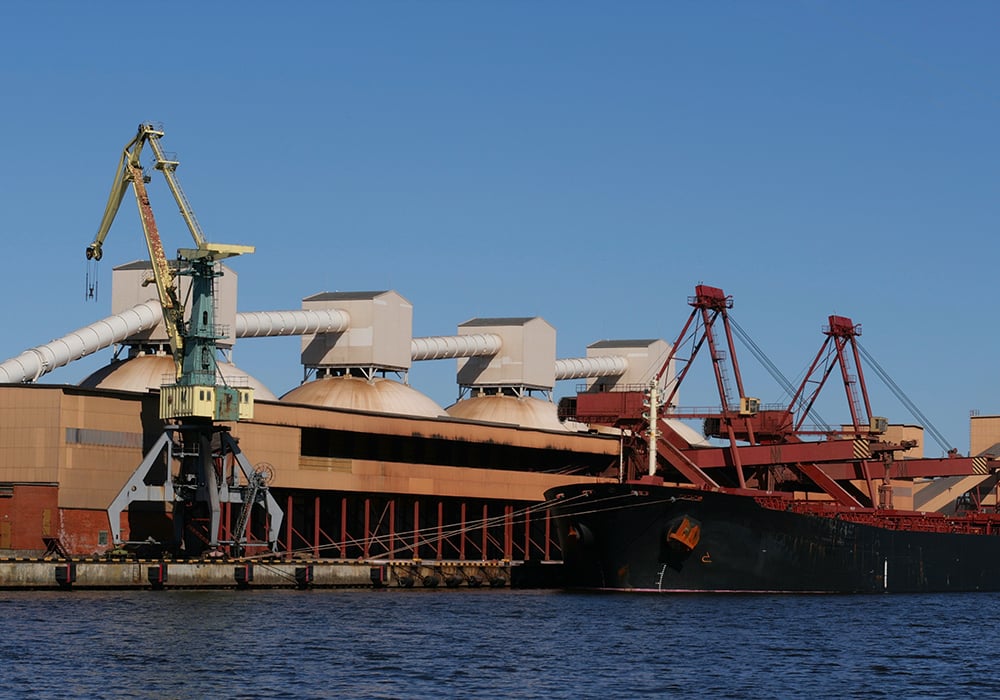SAO PAULO, Brazil (Reuters) — Brazil imported record volumes of potassium chloride (Kcl) from Canada in the first half of the year, a sign that domestic farmers will have plenty of the fertilizer to nourish crops, boost yields and potentially expand area when sowing starts in September.
According to data compiled by consultancy Agrinvest Commodities, Brazil imported 2.291 million tonnes of Canadian Kcl between January and June, a 71.2 percent annual rise.
“Canada only supplies potassium chloride to Brazil,” said Jeferson Souza, an Agrinvest analyst. “But the volume of Kcl imported by Brazil in the first half was so large that Canada became its second largest supplier of overall fertilizers in the period.”
Read Also

Canadian Food Inspection Agency extends chronic wasting disease control program consultation deadline
Date extended for consultation period of changes to CWD program
Russia was the largest fertilizer supplier with China third, he added.
Imports of potassium chloride from Belarus fell by 16 percent to 949,708 tonnes, though it was still Brazil’s third biggest Kcl supplier, even though Belarus was targeted by western sanctions that could potentially disrupt trade.
Brazilian Kcl imports from Russia rose 27 percent to 1.935 million tonnes, data show. Russia was also hit with sanctions after its invasion of Ukraine.
According to Souza, the Russians are selling fertilizers to Brazilian and American importers, a situation “unthinkable” in the middle of March. Despite the war and sanctions, business is being conducted by Russia and cargos shipped.
With trade flows undeterred, growers in Brazil’s top grain state Mato Grosso have acquired practically all the nutrients they will need to start planting summer crops, Souza noted.
Some 45 percent of fertilizer consumption goes to nourish soybeans in Brazil, Souza said. Brazil is the world’s biggest producer and exporter of soybeans.
Next season, if climate conditions allow, Brazilian soybean farmers could boost output by 18.5 percent to nearly 148 million tonnes, according to a Reuters poll, which projects a potential area expansion of almost three percent.















